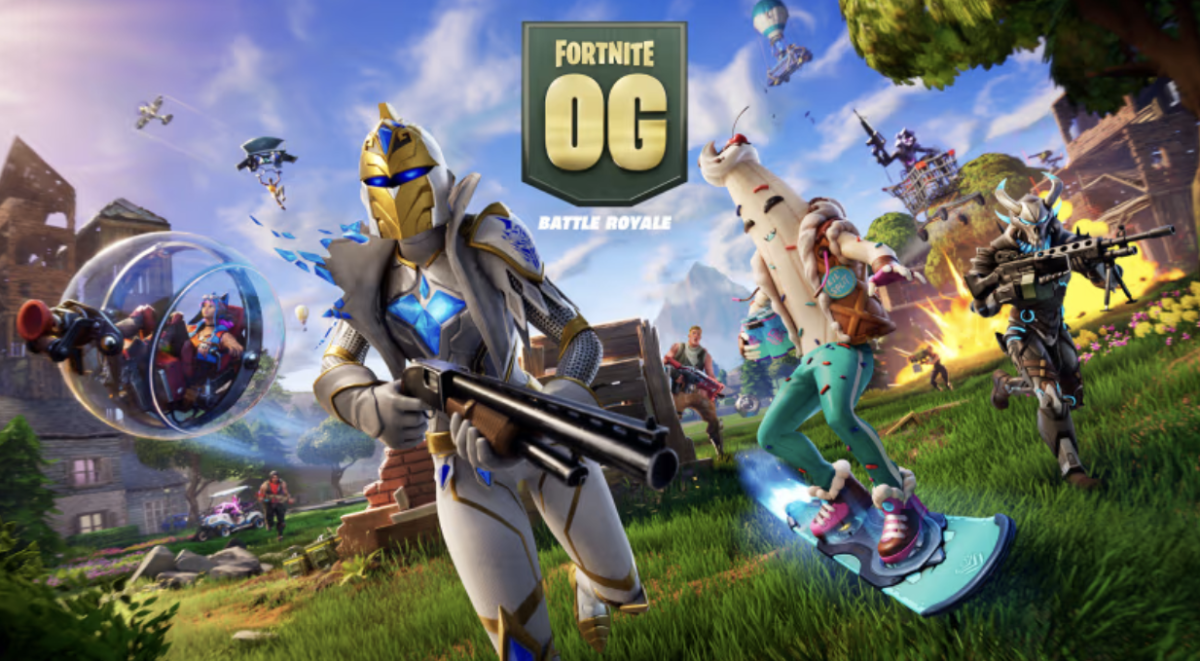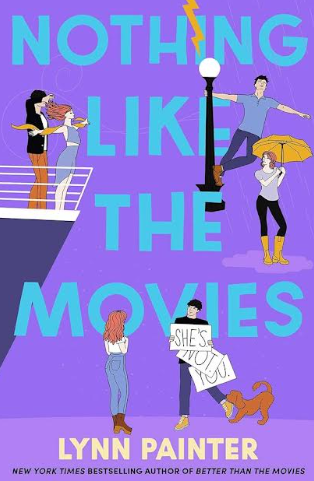In sudden news, the gaming landscape was abruptly shaken as Fortnite, the titan of battle royal games and many extreme crossovers, experienced an unparalleled surge in player numbers after deciding to give players the nostalgia of a lifetime. Due to Fortnite’s original launch date, it got a total of around “44.7 million players and 102 million hours of play.” compared to when it first launched, it barely got any recognition before the later chapters/updates of the game itself.
This peak is because players often find themselves drawn to the older version of the game, like Fortnite, due to the mighty emotional connection and nostalgia these versions evoke. The older variation holds a unique place in some players’ hearts, representing a time when the game was fresh and possibly less complex. Nostalgia transports players to an era when they first experienced the game’s joys, challenges, and communal moments. The trend of game companies revisiting older versions is grounded in a savvy recognition of nostalgia’s impact. Purposefully going back to a game’s roots enables players to revive their emotional ties and relive the cherished moments linked with the vintage gameplay.
Moreover, this trip down memory lane occasionally uncovers forgotten or overlooked gameplay elements, letting players rediscover aspects of the game that might have been missed or not fully appreciated in more recent versions. In essence, the return to older game versions, incorporated by Fortnite, is a nuanced strategy embraced by gaming companies to satisfy the craving for familiarity and comfort in the ever-evolving gaming scene. It’s a testament to the enduring influence of nostalgia in shaping player experiences, fostering a sense of continuity, and building a bridge between the game’s past and current iterations.
However, the trip back into the past is supposed to only last for a few months before returning to its ordinary playstyle course. This seismic event meticulously has given Fortnite a sort of a quick ‘reboot’ after it went through a “tough moment for Epic Games, who just laid 830 employees, 16% of the company,” and only now can it try to latch on to this prominent peak in numbers to gain some more money and popularity. Fortnite had faced a prior decline in player numbers, marked by factors contributing to the game’s diminished popularity. Statistics revealed a notable drop in the player base attributed partly to a sense of monotony as the game struggled to introduce its own innovative content without copying other fast-paced rising shooting games. The lack of significant different updates and perceived staleness in gameplay mechanics led to a gradual erosion of interest among the player community.
Additionally, following the copycat situation Fortnite had caused to other competitors, competition from emerging titles in the battle royale genre also drew players away from Fortnite. The repercussions of these challenges were exacerbated by Epic Games’ internal struggles, as evidenced by the significant employee layoffs. These factors cast a shadow over Fortnite’s standing in the gaming community, prompting the need for a strategic reset embedded in the temporary return to a nostalgic play style. This endeavor seeks to address the decline, recapture player interests, and position Fortnite for a more enduring resurgence, hoping to keep their title as the best battle royale title and pull another ‘victory’ for them.










